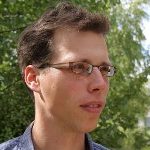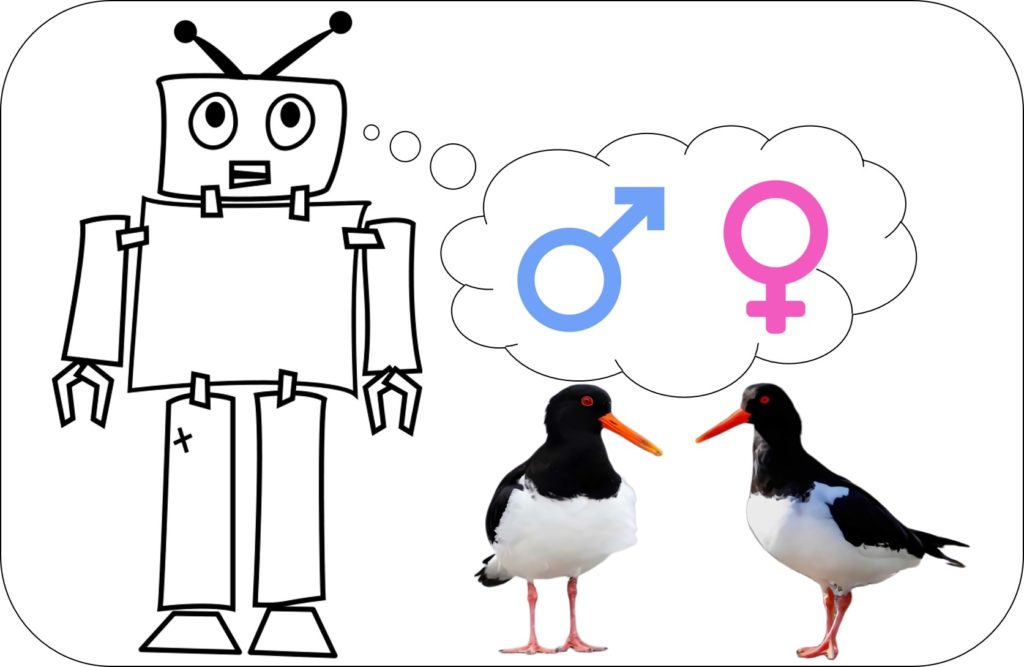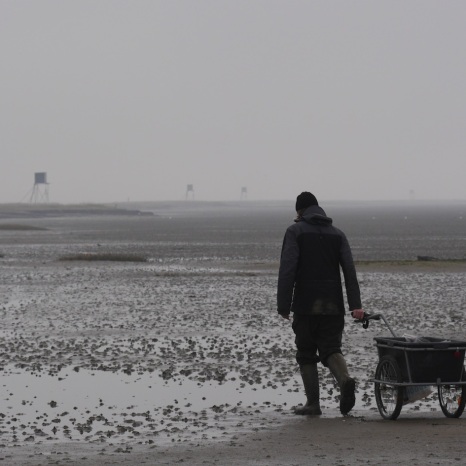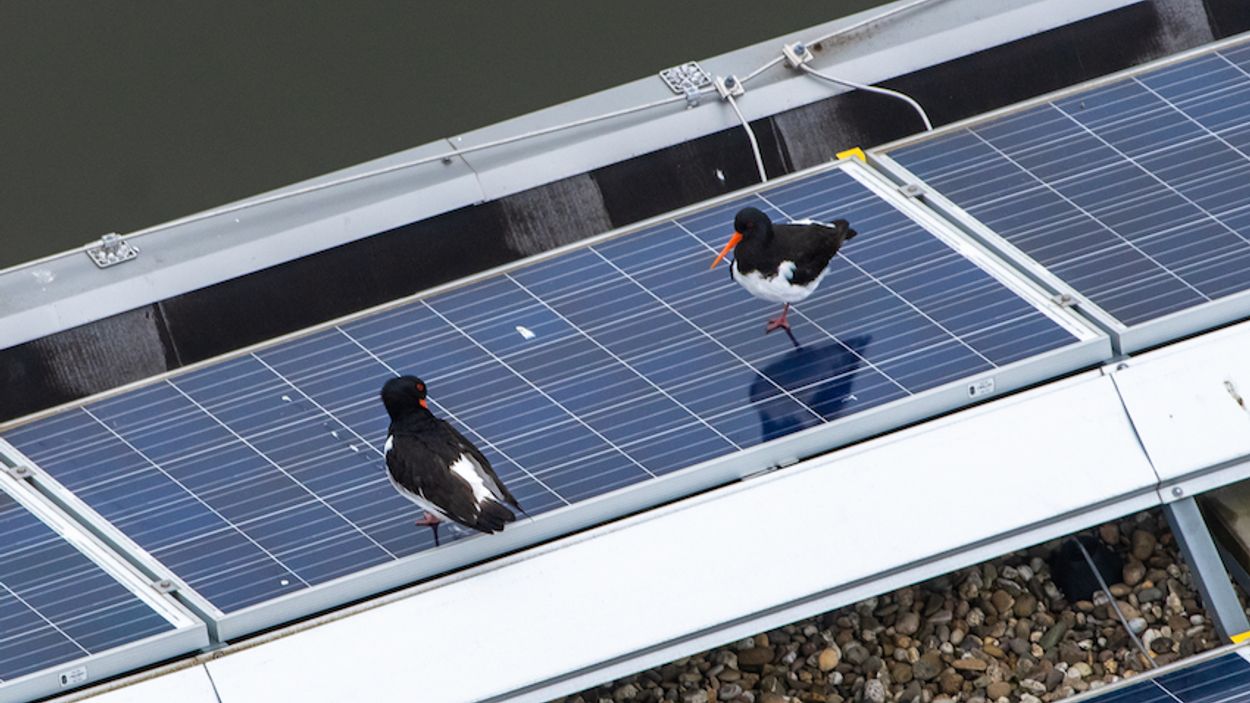Can animals adapt to climate change? The answer, based on close analysis of 10,000 studies, is a simple one. They may be able to adapt, but not fast enough.
The question is a serious one. Earth is home to many millions of species that have evolved – and adapted or gone extinct – with successive dramatic shifts in climate over the last 500 million years. The rapid heating of the planet in a climate emergency driven by profligate fossil fuel use threatens a measurable shift in climate conditions and is in any case coincident with what looks like the beginning of a mass extinction that could match any recorded in the rocks of the Permian, or other extinctions linked with global climate change. The difference is that climate is now changing at a rate far faster than any previous episode. So can those animals that cannot migrate to cooler climates adjust locally to changing conditions?
In a paper in Nature Communications led by Dr. Viktoriia Radchuk (IZW Berlin), that was coverd by over 200 news-outlets around the world, we examined whether animals could change either their physiology, size or behaviour to accommodate a rise in temperature accompanied by a change in the timing of the seasons. The message is that even if populations can change with their environmental conditions, they may not be able to do so at the speed necessary to time their life-cycle events to coincide with ever-earlier spring flowering, or nesting to match the explosion of insect populations that provide food for offspring.










